Ramu talks about logical loopholes in his films


Send us your feedback to audioarticles@vaarta.com


On being questioned, how did Ramu conceive the scene at the railway crossing in Shiva where Nagarjuna rescues Amala, Ramu replied:
"Obviously from my imagination. An interesting thing happened at location when I was shooting that scene. My assistant director walked up to me and said its very illogical that there are no other vehicles near the crossing. The kidnapping has happened in the city and there is no reason that the goons will be taking her out of the city. Also since Nagarjuna is on the other side of the gate, he could not have been coming from out of city. So for all practical purposes the incident was happening in the city. Conveniently during the entire built up of Nagarjuna watching them and slowly walking around and delivering his lines, there are neither the railway guards nor any people or vehicles in the vicinity. I told him that the audience will be hooked on to what is happening with Nagarjuna and Amala and with the music and his expressions and the situation their mind wont go to those things. He was not convinced and was quite shocked that nobody brought it up after the release.
This is a classic case of illustrating the strength of Alfred Hitchcocks line where drama begins logic ends.
He is supposed to have come up with this line while he was filming North by Northwest, where there is a scene when the hero is being chased by the baddies. As he is running to escape he gets onto a train. Just when the audience thinks he has escaped there are baddies on the train too. Here his assistant asked him that how will the baddies know that he will get onto the train to which Hitchcock replied that the audience will be driven by the emotion whether he will escape and hence will not think. Thats the difference between a book and a movie.
In a book you can stop reading and think whereas in a movie its pace that controls your thinking.
Also an example of this is in Satya when Khandilker closes the doors of the movie theatre and walks into the theatre and announces to the crowd that there is a dangerous gangster among them which is logically very stupid. Realistically, in a situation like that they would come in plain clothes and ask the informants to point him out as the audiences are coming out so that they can nab him unaware.
Why would they forewarn a dangerous gangster who is in the crowd so that he can take anybody hostage there.
Here my thrust was to manipulate the audience into thinking in the direction of how Satya will escape without Urmila coming to know his identity and hence in the drama they will miss the larger picture of logic.
When Sandeep Chowta started doing background, he and his musicians felt that the scene was ridiculous because of the same reasons. I thought maybe I stretched the drama versus logic too far this time but it was too late to do anything about it. I couldnt come up with a solution so I had no choice but to release the film as it is.
After the release and 10 years since, I have not met a single guy who had a problem with that. Now why Sandeep and his team felt and nobody else did after that is anybodys guess. I would think that Sandeeps team was watching the film in parts as he was doing the music and hence they were emotionally not involved.
Yet another example is the climax of Rangeela. If the premiere ended at presumably 12:30 in the night, Jackie and Urmila come to Pakya. Jackie just asks him where is Munna and I cut to shot of Munna lying on top of a truck. Now whose tempo is that, I never established a vehicle for Munna in the film, so either it is being driven by a friend of his who is going somewhere or he is just taking a random ride. If it is a random vehicle how will Pakya know how he is going? Were Jackie and Urmila driving for 6 hours in the night since 12:30 and looking for what? Conveniently for them to spot him, I made Munna lie on the top. If he was inside and Jackie stopped it, it would have raised unnecessary questions in the audiences mind or whose vehicle is it, on the other hand if the driver is a known guy to Munna, who is he? To escape that logic I just simply applied the oldest trick in the trade out of sight is out of mind. After Aamir gets out and the long drama starts between the three, I composed all the frames in such a way that both the truck and the driver were out of the frame not letting the audience mind wonder from the point of the scene.
If you look at it, the climax scene could have happened in the night too if Pakya said Munna just left and maybe he can catch him walking around the corner of the road but I strongly felt that the climax scene for a film like Rangeela should not happen in the night. It should be a picturesque location to give a feel good finishing. Max logic I applied was to treat the scene as early morning light so as not to give a visual jump.
Anyways to cut a long story short very frequently whenever I get into such above predicaments I just say Jai Alfred Hitchcock and go ahead."
Follow us on Google News and stay updated with the latest!
-

Contact at support@indiaglitz.com
More News
Headlines
Cinema News
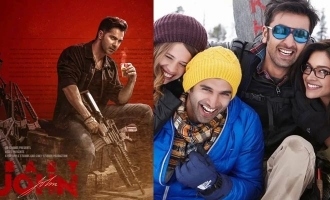 Baby John Box Office Clash Varun Dhawan vs YJHD Re Release Craze
Baby John Box Office Clash Varun Dhawan vs YJHD Re Release Craze
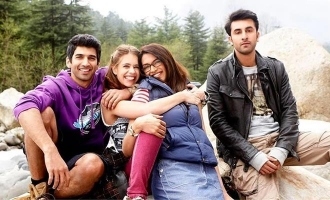 Yeh Jawaani Hai Deewani Re-Release Day 1 Box Office Success
Yeh Jawaani Hai Deewani Re-Release Day 1 Box Office Success
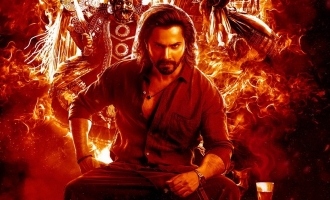 Varun Dhawan Baby John Struggles at Box Office Day 10
Varun Dhawan Baby John Struggles at Box Office Day 10
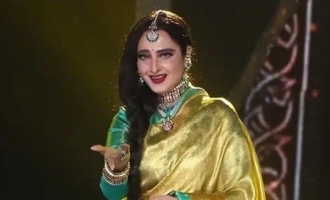 Bollywood actress Rekha on sheer fluke of not getting pregnant bold candid confessions
Bollywood actress Rekha on sheer fluke of not getting pregnant bold candid confessions
 kareena kapoor s trolled for recent instagram quote on luxury pataudi palace
kareena kapoor s trolled for recent instagram quote on luxury pataudi palace
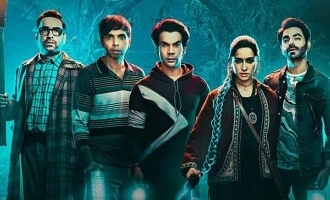 Stree 2 box office collections crosses baahubali 1 aims to cross shah rukh khan s jawan
Stree 2 box office collections crosses baahubali 1 aims to cross shah rukh khan s jawan
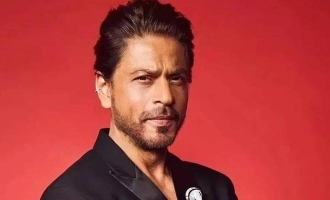 Shah Rukh khan enters huran rich list rs 7300 crore in fortune
Shah Rukh khan enters huran rich list rs 7300 crore in fortune
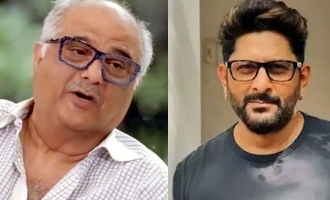 boney kapoor slams back at arshad warsi for low salary in roop ki rani choron ka raja
boney kapoor slams back at arshad warsi for low salary in roop ki rani choron ka raja
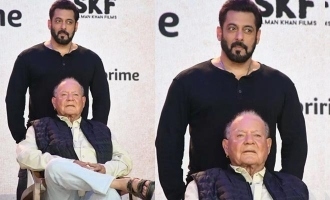 Salma khan wants to remake Salim javed's sholay deewar
Salma khan wants to remake Salim javed's sholay deewar
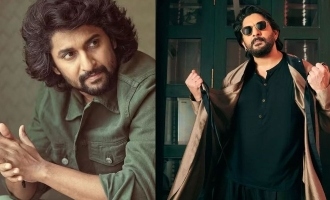 Nani sudheer babu claps back at Arshad warsi for calling prabhas as joker in kalki 2898 AD
Nani sudheer babu claps back at Arshad warsi for calling prabhas as joker in kalki 2898 AD




 Follow
Follow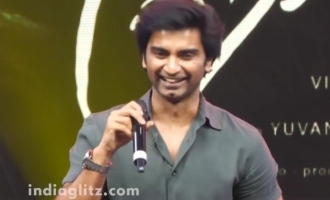
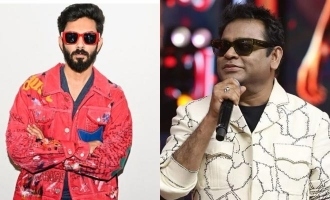
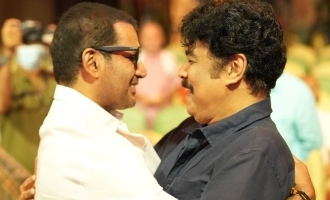
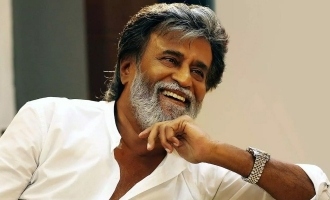
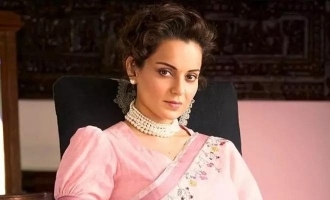

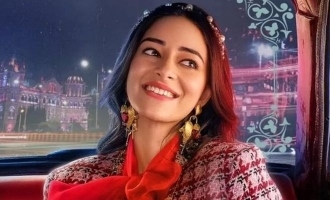
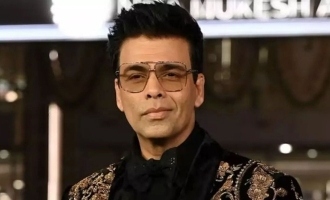
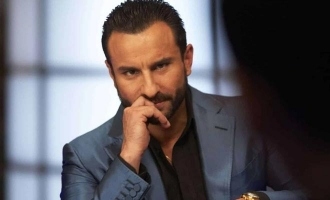
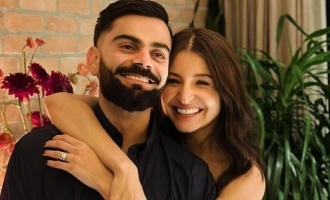
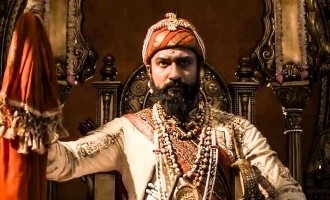
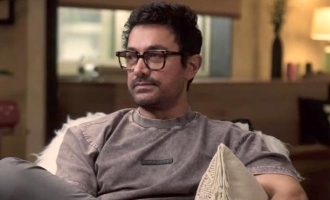
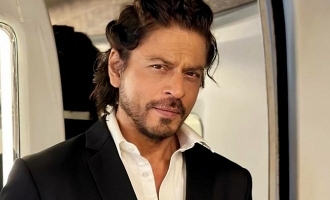
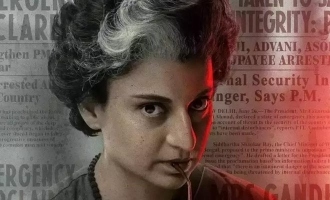
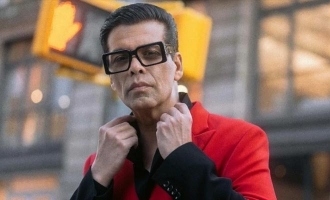
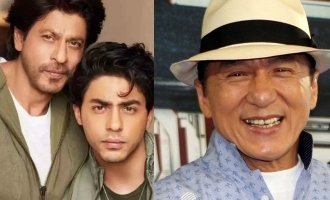
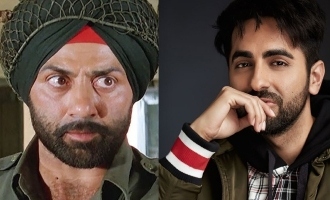

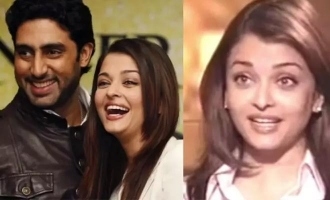
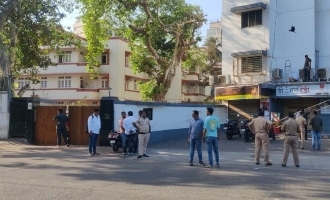
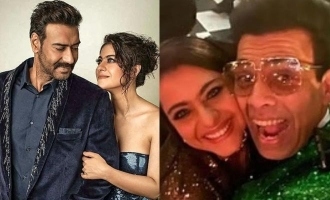
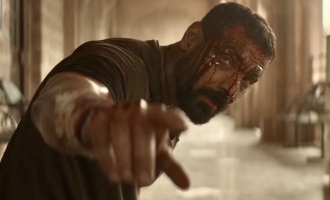
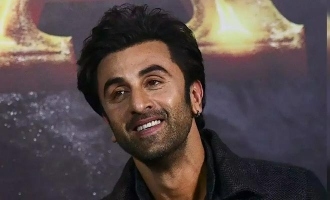
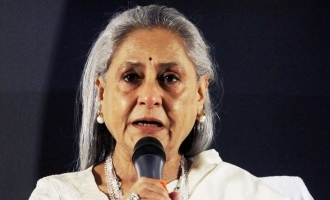
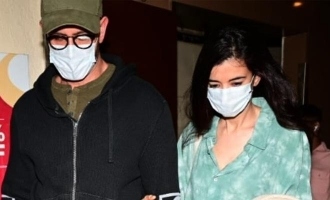
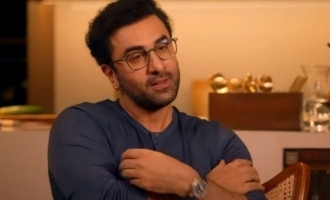

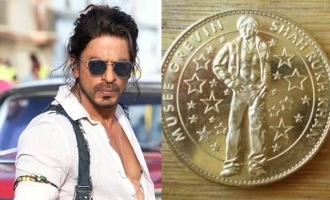
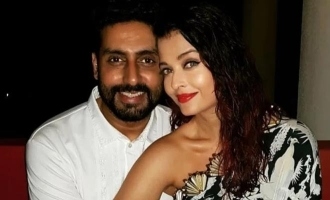

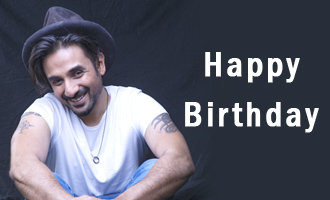





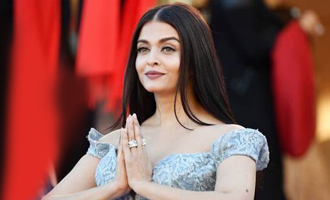
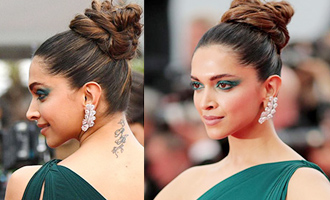
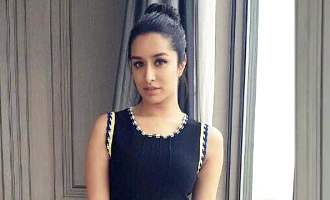


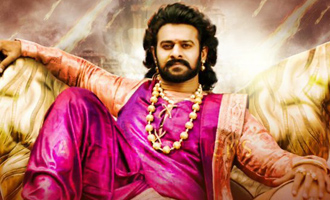









Comments